Why is the range of an EV less on the freeway than the city?
The two-word answer to this question is regenerative braking, the not-so-secret superpower that every EV possesses. Regenerative braking happens frequently when driving in the city, seldom or never on the freeway.
Aerodynamics also play a more crucial role for EVs than ICE-powered vehicles, but more on that later.
It’s important to understand that the difference regenerative braking makes to driving range is massive. This is because it recycles the energy stored in an EV battery pack over and over again. If you want to imagine what regenerative braking would mean in ICE-powered terms, it’s exactly like adding fuel to the tank every time the vehicle slows down.
EVs work this magic because the electric motor is a device that also works in reverse. Give it electricity, it spins, your EV speeds up. Spin it, you get electricity back and your EV slows down.
Regenerative braking isn’t 100 percent efficient. If it was, then an EV driven only around town would almost be a perpetual-motion machine. But regenerative braking does put a substantial chunk of charge back into the battery pack every time an EV slows.
In some high-performance dual-motors EVs the maximum regenerative-braking power is well above 200kW, way more than one of the 150kW DC fast chargers there aren’t enough of in Australia can deliver.
ICE-powered vehicles, hybrids excepted, are incapable of recycling energy. They’re what we’re used to, which is why the question about EV highway range gets asked.
Besides lacking regenerative braking, ICE-powered vehicles are awfully inefficient in other ways.
An idling ICE-powered car consumes fuel even while stationary. It will burn perhaps one to two litres an hour, depending on its engine capacity and whether or not it’s having to power equipment such as an air-conditioning compressor. In rush-hour commuting, where traffic is often at a standstill, this can really add up, increasing fuel consumption by 10 percent or more.
The motor of an EV consumes no electricity when the vehicle is stationary, although other on-board systems do require power. Cabin heating and cooling can be relatively big consumers of power in an EV, especially in very cold or hot weather.
In an ICE-powered vehicle, on the other hand, the engine gives off so much waste heat there’s plenty to spare to warm up the interior.
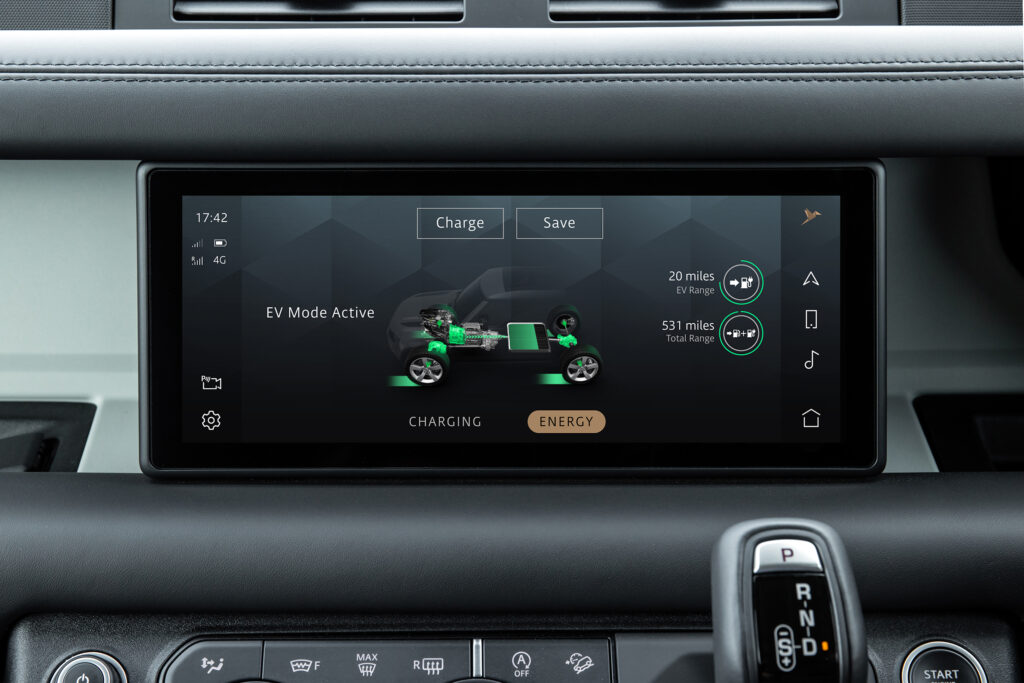
City driving highlights the inefficiency of ICE-powered vehicles and the efficiency of EVs.
Freeway driving is different. At higher speeds the EV’s regenerative braking opportunities mostly disappear. This means it’s in much the same situation as an ICE-powered vehicle.
This is because beyond around 80km/h overcoming aerodynamic drag makes up the biggest part of the workload for a vehicle’s power source, no matter whether it’s an ICE or an electric motor.
And aerodynamic drag is a real pain. It doesn’t increase in constant proportion to speed. Instead, it grows at a rate proportional to the square of vehicle speed. Too nerdy? No problem…
All this means is if you double vehicle speed, say from 50km/h to 100km/h, the power needed to push air out of the way is four times as much, not twice as much. (50 x 50 = 2500 units of drag while 100 x 100 = 10,000 units of drag).
But what does this mean in concrete terms? It means the electric motor or internal combustion engine (ICE) that’s pushing your vehicle down a perfectly flat freeway at a perfectly legal 110km/h is working relatively hard. Depending on what you’re driving, from around 10kW (small sleek car) up to more than 30kW (big blunt SUV) is needed simply to overcome aerodynamic drag.
Because speed is constant, there’s no let-up in the need for power. In an EV this means no regenerative braking is possible and the battery pack is being steadily drained. The unrelenting demand for power to overcome aerodynamic drag means that even on a downhill stretch some power will likely be needed to maintain speed.
If regenerative braking is the EV’s superpower, then the aero drag of high-speed driving is its kryptonite.

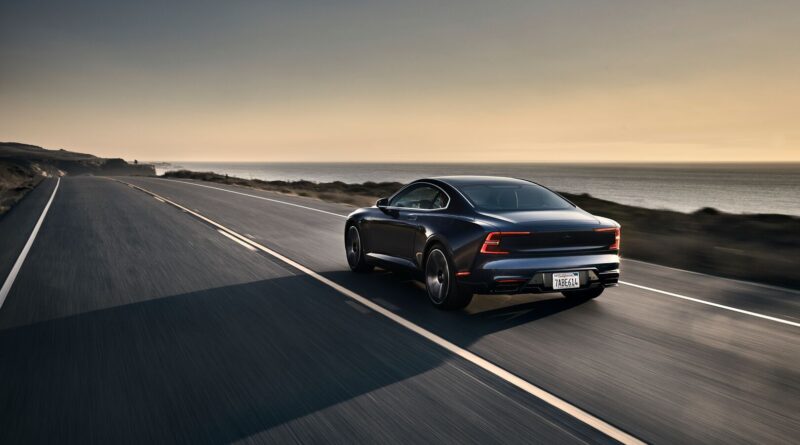
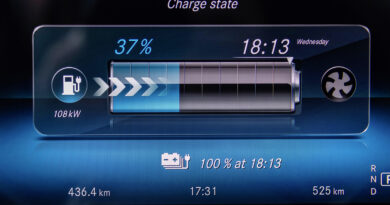
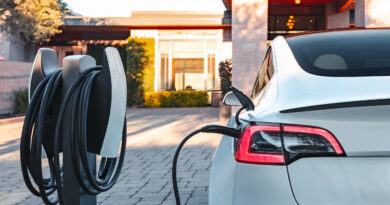
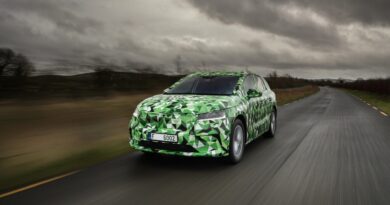
Actually, the speed/power relationship is worse than stated in the article. Aerodynamic drag varies as the square of the speed, and hence the force that the vehicle must exert to balance that drag also varies as the square of speed. No problem there. But Power is equal to Force times Velocity, so the power required goes up as the cube of speed (VxVxV), not the square (VxV). Double the speed and you need eight times the power! The effect on range is not as severe: the faster you go, the less time it takes to get to your destination, so the energy required to travel a given distance does vary with the square of the speed. Phew!
Keith Heale, you are correct. The force is proportional to velocity squared, and the energy used is force times distance. Regenerative breaking actually doesn’t play any part. It is less efficient to speed up and slow down, even with regen, than to stay constant. Around town, ICE cars are hideously inefficient as they can’t recoup any energy. That is where regen plays a part. The other elephant in the room is hotel load (ie accessories). For a given distance, the energy used is the load (how much power things like air con is using) multiplied by the time taken to get there. The slower you go, the more you use. EVs have a maximum efficiency speed – the speed where you use the least energy per distance. Go to slow and your hotel load uses up the battery (think about standing still for a day with the aircon on). Go to fast, and air friction uses the most energy. The sweet spot for many EVs is a around 50-60kph – well mine is. Regen makes stop start *more* efficient than not having it, however it is still not as good as going a constant speed.
Imaging going on a freeway and doing continuous 0-100-0 cycles. You wouldn’t get far. That is an extreme example, but you get the point. You never get back all the *extra* power required for accelerating the car, and if you go too slowly, hotel load will kill the efficiency.